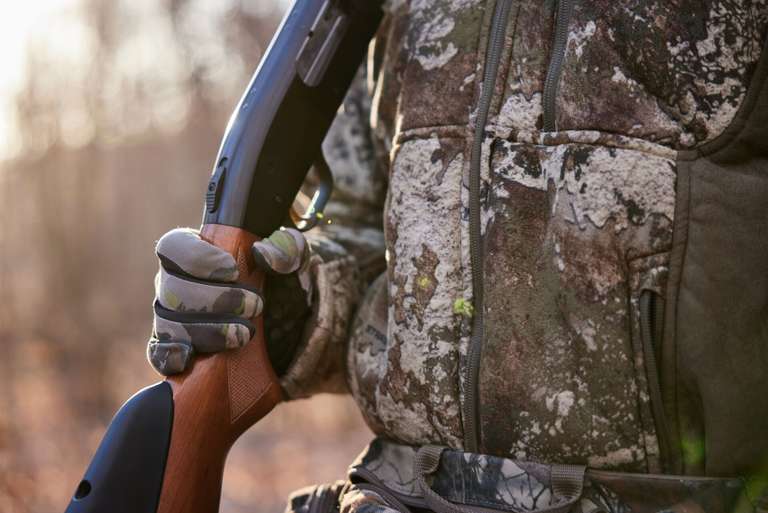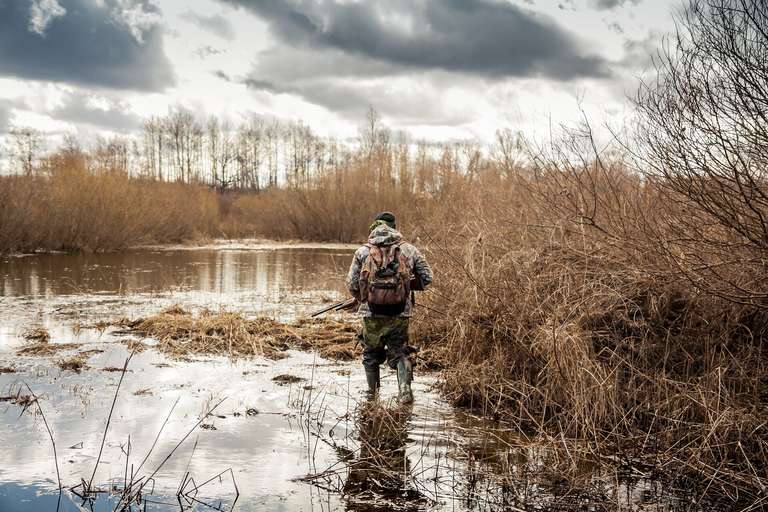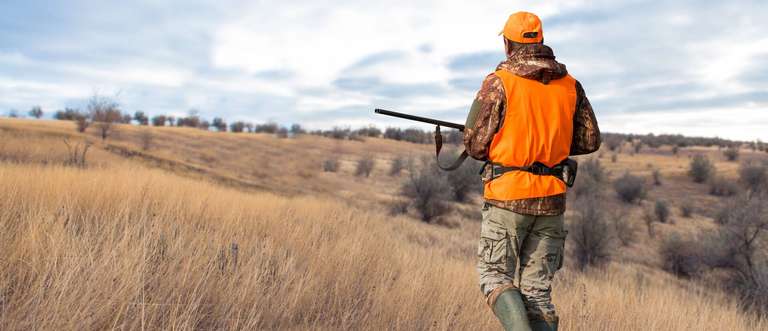A Guide to Hog Hunting With Dogs
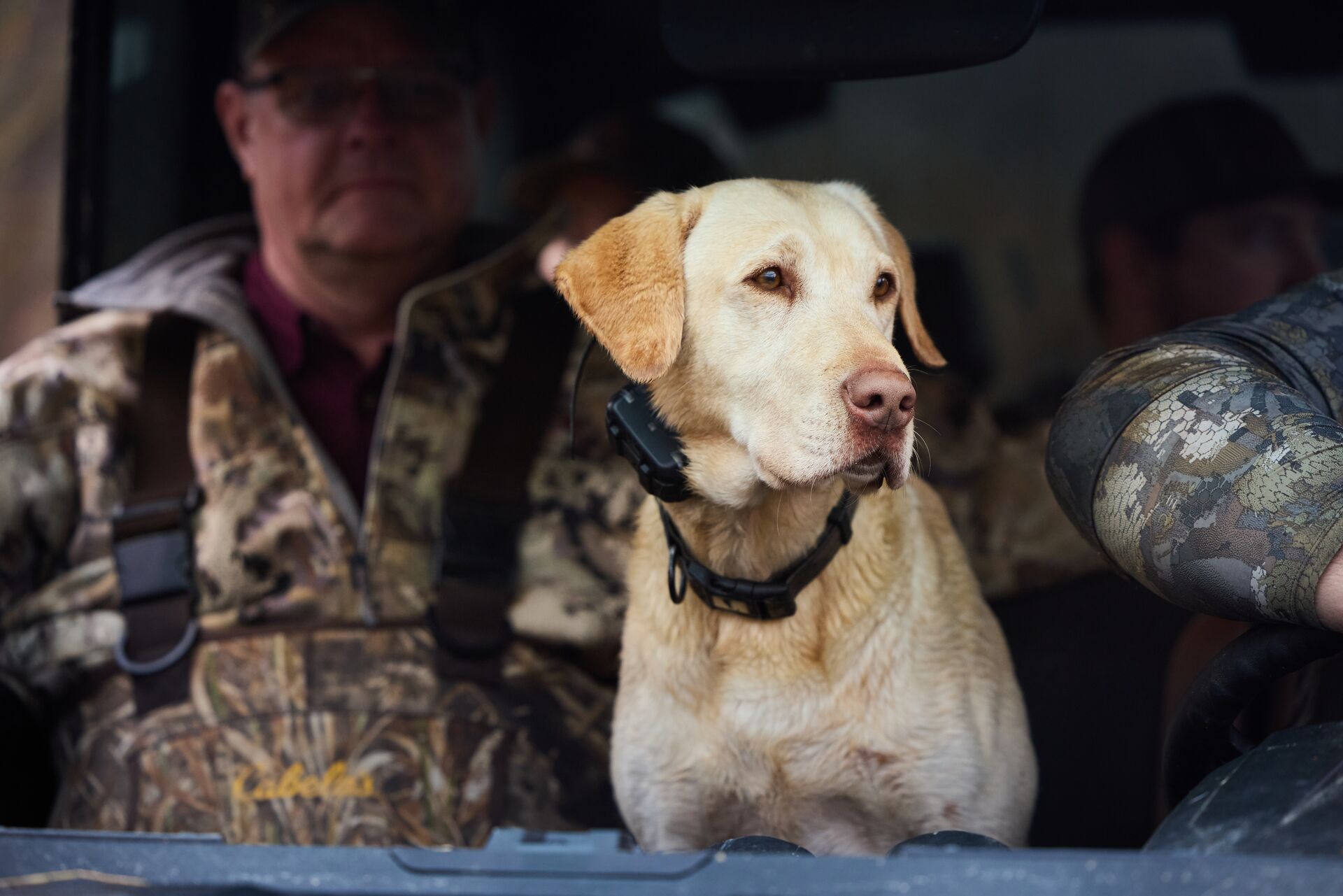
Using dogs to find and pursue feral hogs can provide a rewarding hunting experience and an effective method for managing one of North America's most invasive and destructive species.
Whether you're a seasoned hunter looking for a new challenge or a newcomer wanting to explore this dynamic hunting style, your success depends on a thorough understanding of your canine partners, quarry, and the requirements for a safe, legal, and ethical hunt.
Here's our guide to hog hunting with dogs!
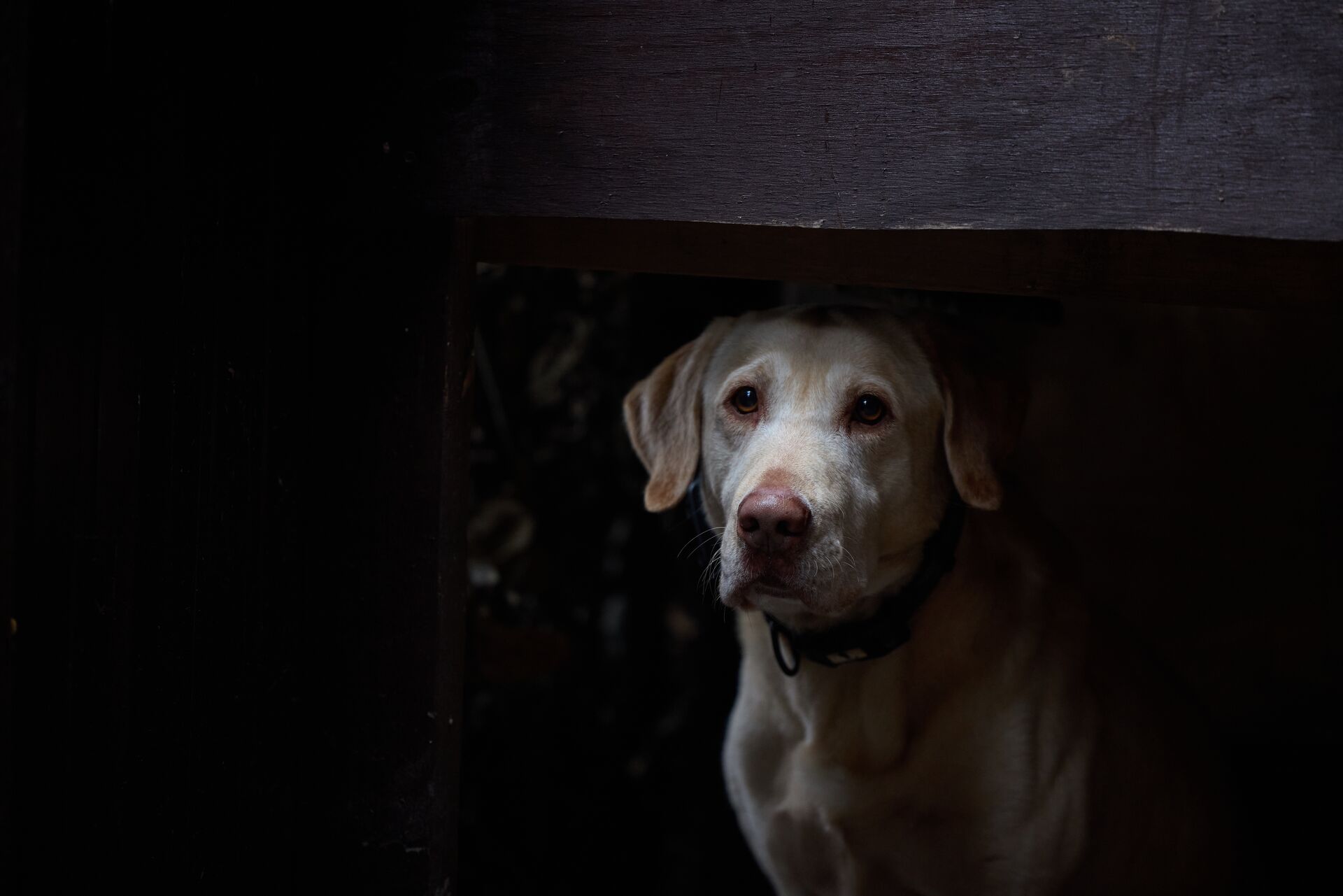
Understanding Hog Behavior
Hogs are habitat generalists. They can survive and thrive in many ecosystems and live off multiple types of food.
Feral hogs prefer dense vegetation that serves as protective cover and food source. They use their noses to find food above and below ground. As opportunistic feeders, they will forage for roots, fruits, grain crops, small animals, and even carrion.
What is a Sounder?
Hogs are also social animals and live in family groups called sounders. Each sounder has two or more adult females (sows) and their young. Sounders may have as few as four members and as many as 100. Adult males (boars) live alone or in bachelor groups and will temporarily join a sounder to breed.
When a sounder faces a threat, the hogs form a protective circle around the juvenile members and issue warning grunts or barks. If the hogs think they are cornered, they will charge the threat head-on and use their sharp tusks to injure or kill it.
Always remember that hogs will think you and your dogs are the threat. You are both at risk if the hogs believe their only escape to freedom is by charging through you.
What Are the Benefits of Hog Hunting with Dogs?
Working with dogs to hunt feral hogs does more than increase a hunter's success rate. Effectively using dogs is a critical conservation tool that can help communities reduce invasive hog populations that negatively impact local farms, ranches, and native ecosystems.
Partnering with well-trained dogs creates a more exciting and engaging outdoor experience for hunters. Combining a dog's tracking and hunting instincts with your field skills is the epitome of teamwork, and it is hard to beat with traditional hunting methods.
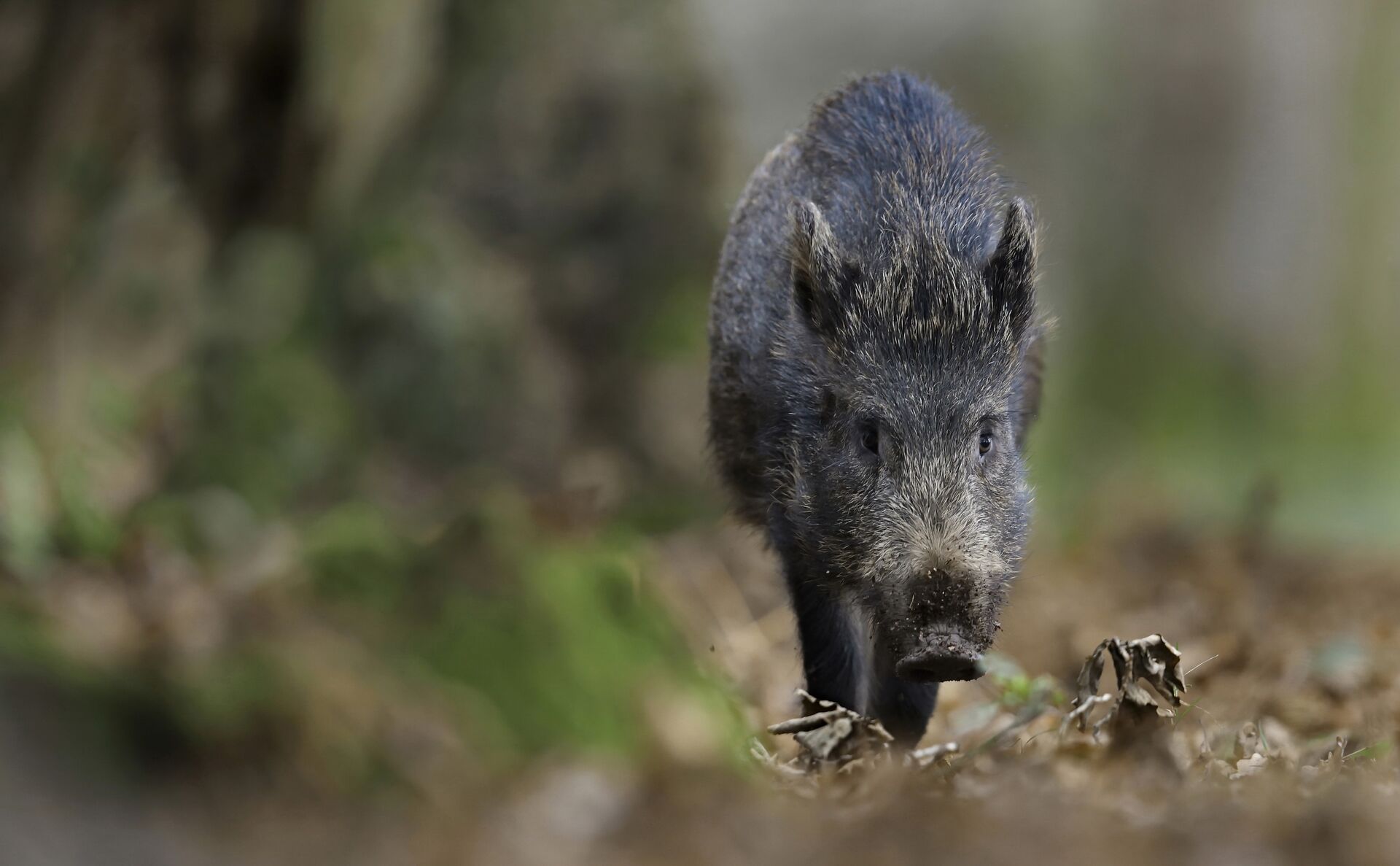
An Overview of Using Hunting Dogs for Hogs
Most feral or "wild" hogs live in the American South's dense brush and rugged terrain. Since this environment is unfavorable for spot-and-stalk hunting, dogs are a proven and effective hunting asset.
Hunters use dogs in two primary roles: tracking (or baying) and catching.
- Medium-sized hounds are used as bay dogs to track the hogs by scent or sight. Once the hog is exhausted or cornered, these dogs will work as a team to keep the pig at bay until the hunter arrives.
- Some hunters then deploy catch dogs to restrain the hog until it can be cleanly dispatched.
Hunters must understand these strategies and how to use the right dogs in the right ways for an effective hunt.
Types of Dogs Used in Hog Hunting
Hunters use two types of dogs for successful hog hunting. These are:
- Bay Dogs: Tracking dogs like the Catahoula Leopard Dog, Black Mouth Cur, Blue Lacy, Plott Hound, and Walker Hound are typically used to find hogs, track at a safe distance, and alert hunters to their location.
- Catch Dogs: Stronger breeds, such as the American Bulldog, Mastiff, and Dogo Argentino, are commonly used to physically restrain the hog once it is cornered.
Both types of dogs are highly intelligent and fearless regarding the hunt. Selecting the right dog and providing proper training will ensure a productive and safe hunt.
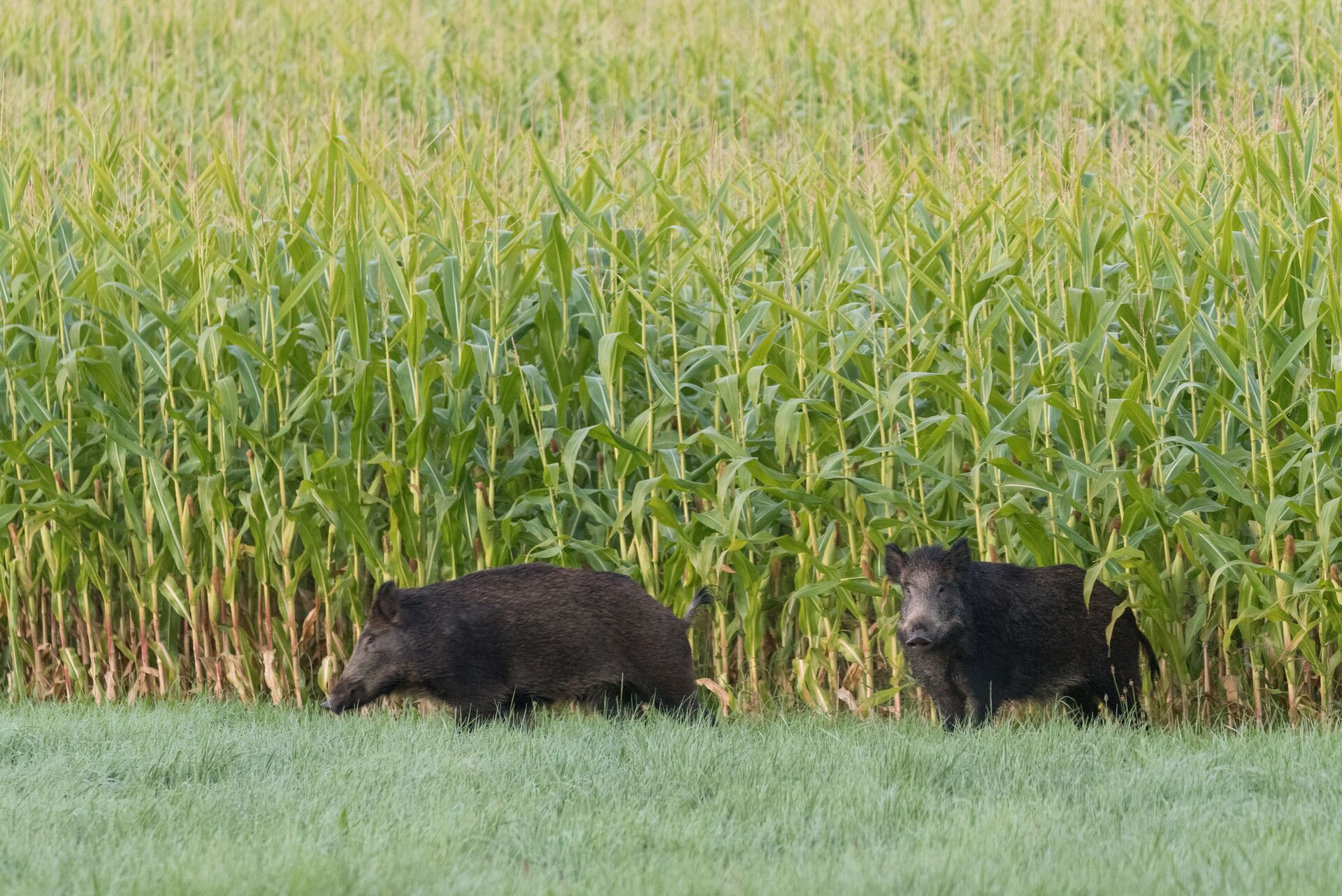
Training Hunting Dogs for Hogs
As with every hunting dog, training starts with basic obedience. This ensures the dog understands and consistently obeys foundation commands like "here," "stay," and "leave it."
Intermediate training introduces hog scent and live hogs in controlled environments to help the dog understand its role in finding, holding, or restraining wild pigs. These training sessions should build the dog's skills, confidence, and ability to follow your commands in various environments and conditions.
Consider using small hogs that the dog can easily control in these training sessions.
Advanced training allows the dog to apply its lessons to actual hunting scenarios and continues to polish hunter-canine teamwork and communication. At this stage, dogs are gradually exposed to larger hogs and more challenging hunting situations to build a hunting dog that can easily handle a 250-lb hog.
Essential Gear for Hog Hunting With Dogs
While every hog hunter and dog handler has individual preferences when it comes to gear, most hog hunters will have the following essential equipment to ensure a safe and successful hunt:
- Dog Protective Gear: Kevlar® vests and collars are designed to shield dogs from hog tusks, decreasing the likelihood of a serious or fatal injury.
- Tracking Devices: GPS collars that track a dog's location and activity and display that information on a hand-held or vehicle-mounted monitor.
- Hunter Safety Gear: Wear sturdy, comfortable boots and seasonally appropriate clothing. Carry a first-aid kit for yourself and your dog, and use suitable firearms or weapons to dispatch hogs ethically.
Keeping yourself and your dogs safe with the right gear makes it more likely you'll have a successful hunt!
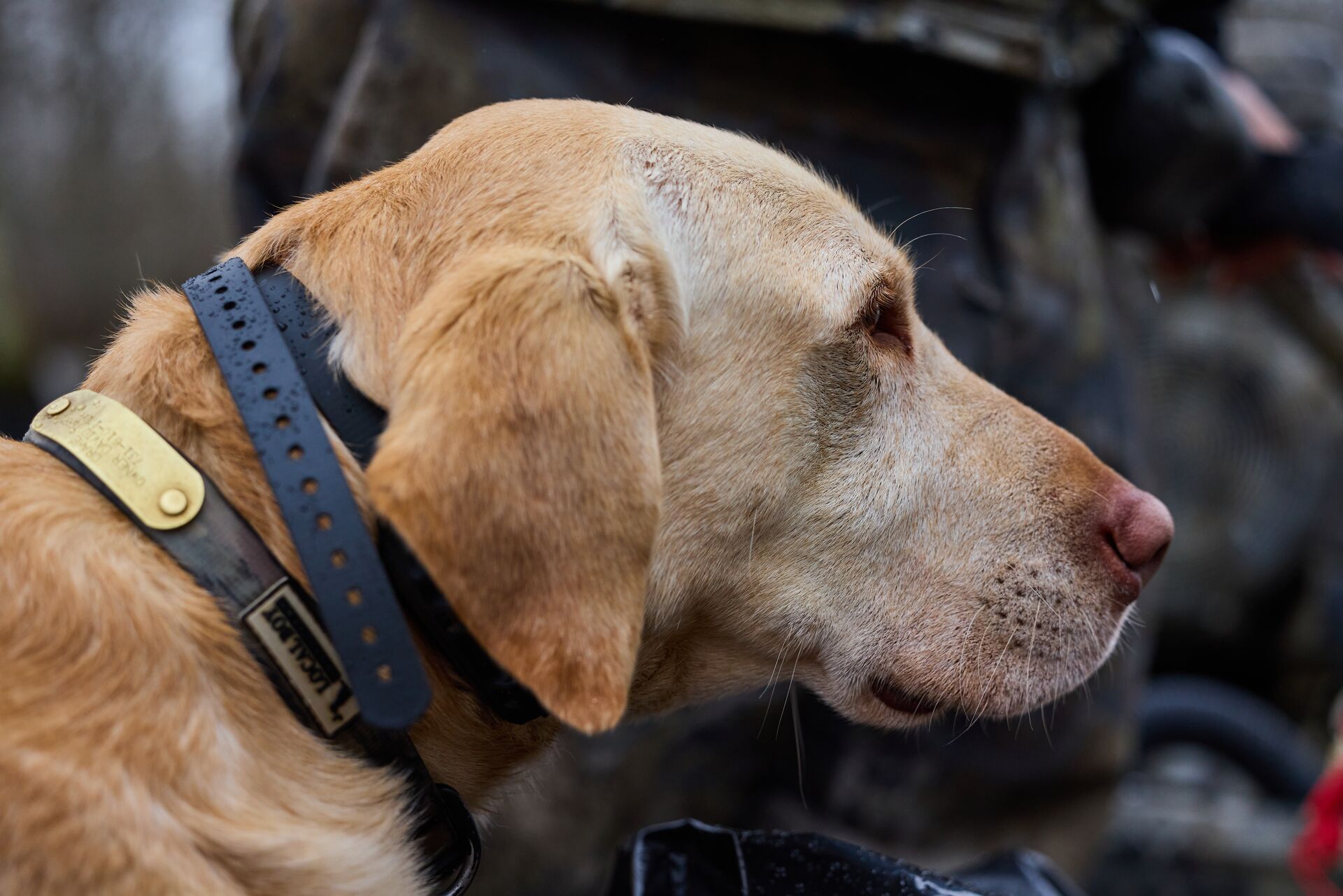
Strategies for Using Dogs to Hunt Hogs
Specific hunting strategies will vary based on the hog's or sounder's behavior, terrain, and your dog's abilities. However, the basic hunting approach relies on using your dogs to locate, track, and hold the pig.
The hog hunt starts with putting bay dogs on a spot with signs of recent hog activity. The tracking and pursuit begin once the dogs pick up the hog's scent.
Since the pursuit is fast, often in low-light conditions, and can cover a lot of thick terrain, the hunter relies on GPS collars to track the dogs' movement while following in a vehicle. Once the dogs indicate the hog is cornered, the hunter assesses the situation and quickly decides to dispatch the pig if a clean shot is available.
If not, the catch dogs are released to pin the hog, usually by the ear, until the hunter can get closer.
Ethical and Legal Considerations
Although most states have few hunting restrictions regarding feral hogs, you should be familiar with your local regulations on permissible hunting methods and the use of dogs.
Treating your dogs as working companions, not utility animals, is crucial to their health and well-being. Make sure that your dogs have had the proper training before their first hunt, are wearing protective gear, and are well-hydrated and rested during lulls in the hunt.
Get Permission
If you track hogs onto a landowner's property, secure permission to hunt on private land, and respect the landowner's rules regarding opening and closing gates, leaving no trace, and disposing of carcasses and entrails.
While some may view feral hogs as vermin, you should take the utmost care to minimize unnecessary suffering and dispatch hogs as humanely and quickly as possible.
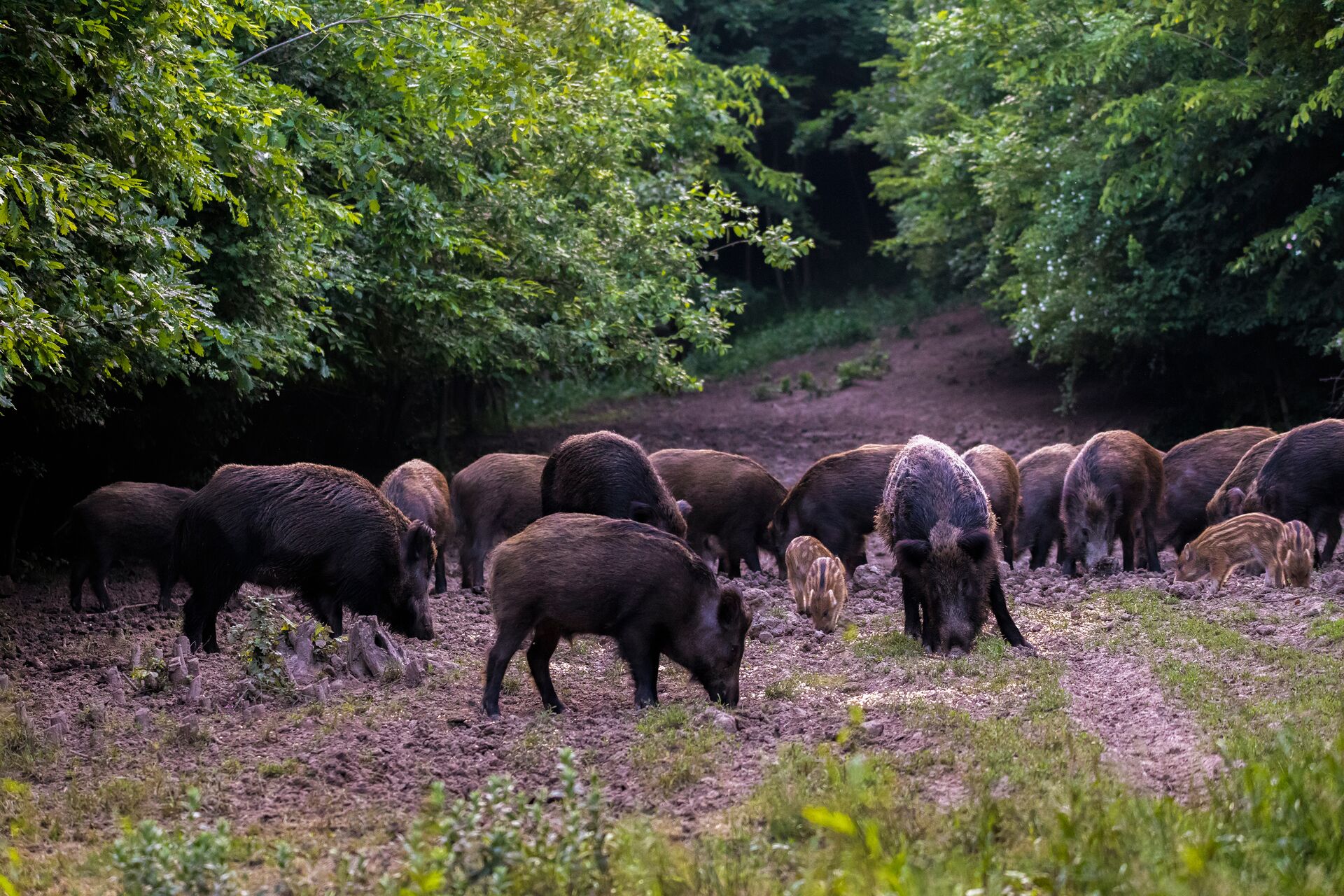
3 Common Challenges (and How to Overcome Them)
The types of challenges you'll experience hog hunting with dogs are nearly infinite, but here are the three most common obstacles you'll run into.
- Aggressive Hogs: Part of the thrill of hunting hogs is the danger of close contact with an aggressive, cornered animal that can inflict a lot of damage in seconds. Mitigate the risk of injury by equipping your dogs with protective gear, having necessary first-aid supplies, and knowing how to use them.
- Inclement Weather: Hunting dogs will work past the point of exhaustion, so plan to hunt during cooler parts of the day. Provide ample water breaks to prevent heat exhaustion, especially when the dogs wear protective gear, which can restrict air flow next to the skin.
- Multiple Hogs: Although your dogs can work as a pack to manage multiple hogs, you can't. Focus on one hog at a time and direct your dogs to isolate and control it to minimize the chances of injury and ensure a safe and successful hunt.
Consider hunting in a group when going after feral hogs. Create your own "pack" supported by your dogs, and have a fun and successful hunt.
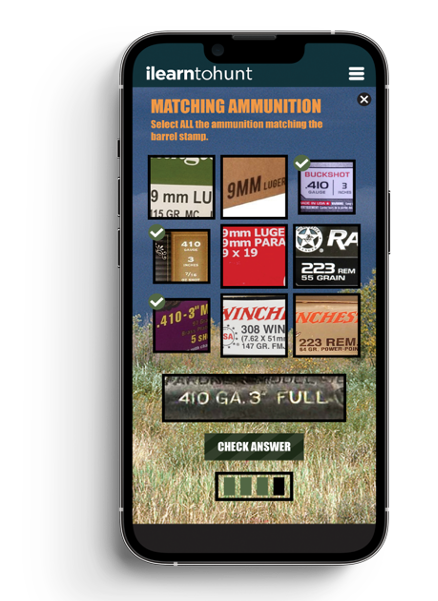
Put Safety First When Using Hog Hunting Hounds
While it's exciting and effective, hog hunting can also be dangerous. So, putting safety first is important.
Newcomers to the sport should never attempt hunting hogs with one dog or without first getting field experience under the mentorship of a seasoned hog hunter. Mixing aggressive, large feral animals and multiple dogs in complex scenarios requires quick decision-making to ensure a successful and safe outcome.
An outstanding way to get started as a hunter and learn the essentials of staying safe is to complete a comprehensive state-specific hunter education course through ilearntohunt. You'll learn hunting fundamentals, safety practices, and the basic firearms and field skills necessary to become a proficient hog hunter.
Get ready for a safe and successful hog hunt with ilearntohunt! Click to find the course for your state and start learning.

